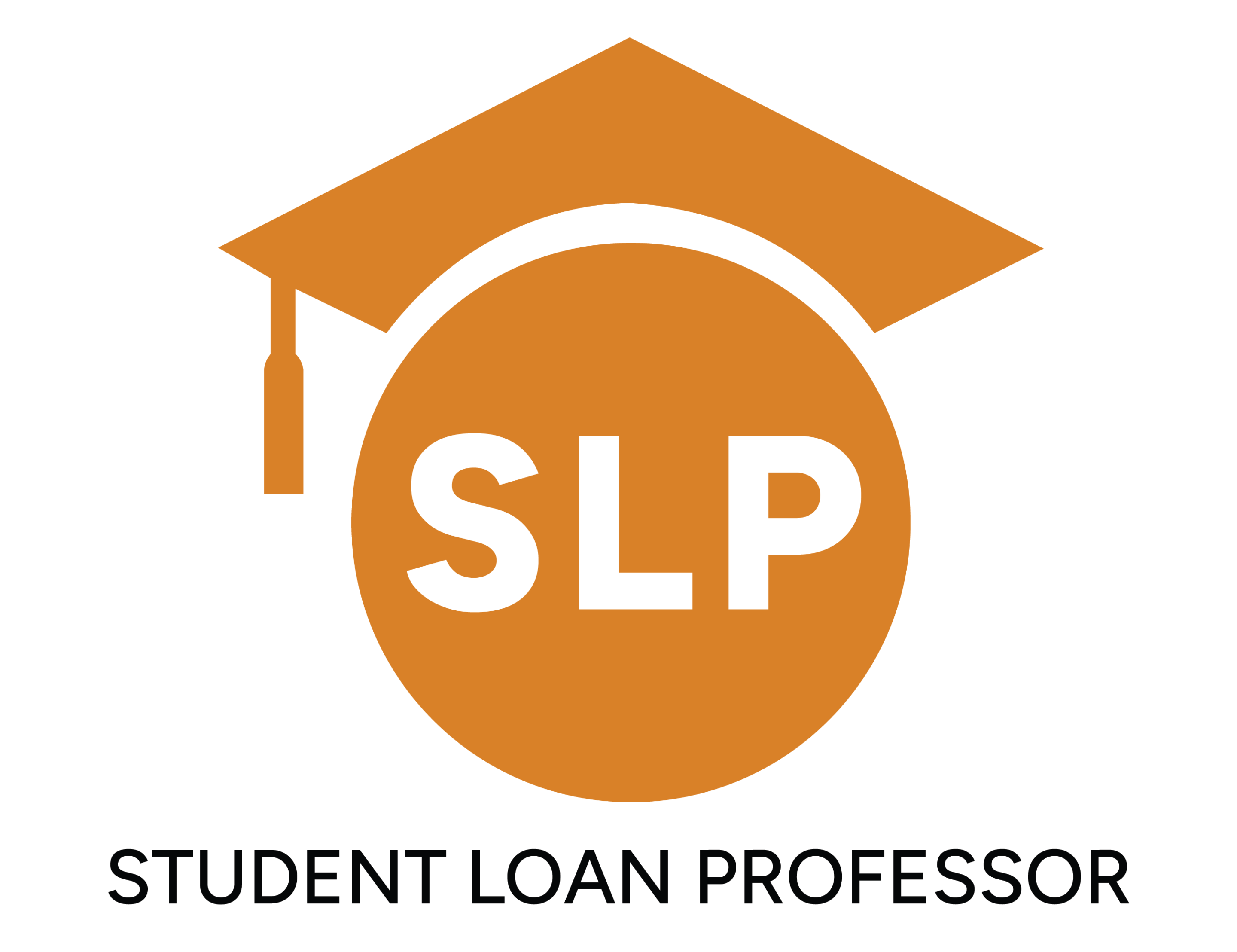Scholarships and loans are the two most common forms of financial support, offering students ways to cover tuition and other educational expenses.
While both aim to support educational goals, scholarships, and loans have distinct differences that students should be aware of.
Keep reading to learn more about how a student loan is different from a scholarship.
Key Takeaways
- Scholarships are merit- or need-based awards that don’t require repayment.
- Student loans must be repaid with interest, often starting after graduation.
- Scholarships have competitive application processes; loans are easier to access.
- Loans can cover full costs but create long-term financial obligations.
How Do Scholarships Work?
Scholarships are financial awards given to students to help cover the costs of tuition, books, and sometimes living expenses.
The most attractive aspect of scholarships is that they don’t have to be repaid, making them essentially “free money.” However, they’re awarded based on various criteria, such as academic merit, financial need, athletic ability, or specific interests.
Most scholarships you’ll find are either merit-based (awarded for outstanding academic achievements) or need-based (aimed at helping students from low-income families).
Whatever the type, winning a scholarship requires submitting an application. The application usually includes essays, letters of recommendation, or proof of qualification.
Some scholarships are renewable, which means you receive funding for multiple years, while others only cover one-time payments. Usually, a renewable scholarship would require you to meet certain conditions, like maintaining a minimum GPA.
How Do Student Loans Work?
Unlike scholarship funds, student loans must be repaid, typically with interest, once the student finishes school. This is one of the significant differences between scholarships and loans.
Student loans are of two types: federal student loans and private loans. While federal loans often come with lower interest rates and more flexible repayment options, private loans offer access to higher borrowing limits but with higher interest rates.
Like every financial aid, you must apply to access any of the loan options. For federal loans, you’re required to fill out and submit the FAFSA (Free Application for Federal Student Aid).
After approval, the funds are sent directly to the educational institution. After leaving school or dropping below half-time enrollment, a grace period usually applies before repayments start.
Differences Between Scholarships and Student Loans
| Differences | Scholarship | Student Loan |
| Repayment Obligation | Doesn’t require repayment | Must be repaid with interest |
| Eligibility Requirements | Limited based on several criteria | Open to all. Requires meeting a few requirements |
| Financial Source | From multiple sources, including NGOs | From federal government and private lenders only |
| Application Process | Can be strenuous and highly competitive | Easy going, compared to scholarships |
Repayment Obligation
The primary difference between a loan and a scholarship is whether you have to repay or not. For scholarships, you’re awarded free financial aid; there’s no need to repay them.
Student loans, on the other hand, must be repaid. It also accumulates interest over time, increasing the total amount owed.
Eligibility Requirements
Unlike student loans, scholarships have various requirements that make it impossible for every student to get one. For instance, you might be required to pass a certain exam or be a student pursuing a particular degree.
With loans, there are fewer requirements to ensure most students can access one regardless of their academic standing or extracurricular achievements.
Federal loans, for instance, are awarded based on financial need, while private loans may depend on a student’s credit history or a cosigner.
Financial Source
Many entities offer scholarships to students, from corporations to nonprofits and even religious bodies. Student loans, however, are only provided by the federal government or private lenders, such as banks.
Application Process
Because scholarships are limited, their application processes are often competitive and selective. Applicants would need to stand out in some way, depending on the scholarship.
Loans are generally less competitive; meeting the basic financial and enrollment criteria is often sufficient to secure one.
Advantages and Disadvantages of Scholarships
Advantages
- Reduces student debt: Even if scholarships don’t cover all your study expenses, they reduce the amount you might need to borrow.
- Recognition: Being awarded a scholarship can enhance your resume and academic profile.
- Potential for renewable awards: If you get awarded a renewable scholarship, you might get continuous support through your education.
- Widely available: Even though scholarships have tight requirements, they’re widely available due to the limitless number of sources offering them.
Disadvantages
- Conditional renewal: Before celebrating a renewable scholarship, consider the requirements. Usually, you’d need to maintain a certain GPA to stay funded.
- Time-consuming application: Applying for a scholarship might require submitting essays, letters of recommendation, and detailed application forms.
Advantages and Disadvantages of Student Loans
Advantages
- Larger funding amounts: Loans can cover the total cost of education, including tuition, housing, and living expenses.
- Builds credit history: Responsible repayment of student loans can help you build a positive credit history over time.
- No immediate payment required: Repayments typically begin after graduation, allowing you to focus on your education.
- Accessibility: Student loans are widely available to most students, regardless of their academic or extracurricular achievements.
Disadvantages
- Long-term financial burden: Depending on the amount borrowed, loan repayments can last for years, impacting financial freedom.
- Limited protections for private loans: Private Student loans often lack the repayment flexibility and borrower protections like student loan forgiveness programs that federal loans provide, making them riskier in times of financial difficulty.
How They Impact Your Financial Aid Packages
Taking a scholarship or student loan can affect your overall financial aid package.
Impact of Scholarships on Financial Aid Packages
When a student receives a scholarship, it reduces the amount of other financial aid, like grants and loans, they’re eligible for.
Federal financial aid is calculated based on the Cost of Attendance (COA) minus Expected Family Contribution (EFC). If a scholarship covers a part of the COA, it can lower the amount of need-based aid you’re eligible for.
Under the Higher Education Act (HEA), schools are required to adjust a student’s aid package if their combined financial aid (including scholarships) exceeds the COA.
This is referred to as “over-awarding,” and schools must ensure that no student receives more aid than necessary to cover their educational costs– HEA Act of 1965.
Impact of Student Loans on Financial Aid Packages
Student loans are usually part of a broader financial aid package and are considered “self-help” aid because they must be repaid.
This means that they don’t affect the amount of need-based grants or scholarships a student might receive directly, but they do count towards the total amount of aid you’re awarded. How?
Under federal law, particularly the Free Application for Federal Student Aid (FAFSA) rules, loans are calculated after grants, scholarships, and work-study programs have been applied.
It means that loans are often used to cover any remaining gap between your financial aid package and the total COA.
Find Out What Options Are Best for You
Scholarships and student loans are financial aid options that can help you get through your higher education.
However, they can impact your situation in several ways you might not understand, which is why consulting with an expert before you make decisions like this is necessary.
We at Student Loan Professor have helped guide many other students like you in managing their loans and overall financial health. Check out our other resources, or contact us here if you want our help.
Brandon Barfield is the President and Co-Founder of Student Loan Professor, and is nationally known as student loan expert for graduate health professions. Since 2011, Brandon has given hundreds of loan repayment presentations for schools, hospitals, and medical conferences across the country. With his diverse background in financial aid, financial planning and student loan advisory, Brandon has a broad understanding of the intricacies surrounding student loans, loan repayment strategies, and how they should be considered when graduates make other financial decisions.




